Forest Conservation: Ways and Importance of Conserving Forest
- September 2, 2024
- 0 comment
Discover why forest conservation is essential for our planet. Learn about the importance of protecting forests and explore practical strategies for effective forest conservation.
Understanding Forest Conservation
Forest conservation involves the sustainable management, protection, and restoration of forest ecosystems to prevent deforestation and degradation. This approach includes safeguarding forests from harmful activities like illegal logging, promoting sustainable practices, and restoring degraded lands through reforestation. The goal is to balance ecological needs with human activities, ensuring forests continue to provide vital services such as wildlife habitat, climate regulation, and clean water.

Forests are crucial for global biodiversity and climate stability. They cover about 31% of the Earth’s land and host over 80% of terrestrial species (FAO, 2020). They also act as major carbon sinks, helping to mitigate climate change by sequestering CO₂ (IPCC, 2021). Effective forest conservation is essential for protecting biodiversity and addressing climate challenges, making it a key focus for environmental policies and sustainable development.
Why Forest Conservation is Crucial
Biodiversity Preservation
Forests are some of the most biodiverse ecosystems on the planet, providing habitat for a vast array of flora and fauna. They offer various niches and microhabitats that support different species, from towering trees to forest floors. Forests are home to millions of species, including insects, birds, mammals, fungi, and plants. This diversity is crucial for maintaining ecological balance, as each species plays a role in the ecosystem’s functioning, such as pollination, seed dispersal, and pest control.

Several species are critically dependent on forest habitats and are at risk due to habitat loss. For example, the orangutan, native to the rainforests of Borneo and Sumatra, faces severe threats from deforestation and illegal logging. Similarly, the jaguar, found in the Amazon rainforest, relies on large tracts of forest for hunting and territory. The spotted owl in the Pacific Northwest and the harpy eagle in Central and South America are also endangered due to forest habitat destruction. Protecting forests is essential to prevent the extinction of these and many other species that rely on these ecosystems for survival.
Climate Regulation
Forests play a critical role in mitigating climate change by acting as carbon sinks. They absorb carbon dioxide (CO₂) from the atmosphere through photosynthesis and store it in biomass, including trees, plants, and soil. This carbon sequestration helps reduce the concentration of greenhouse gases in the atmosphere, which is crucial for controlling global warming. According to the Global Forest Resources Assessment, forests absorb approximately 7.6 billion metric tons of CO₂ annually, which significantly contributes to climate regulation (FAO, 2020).
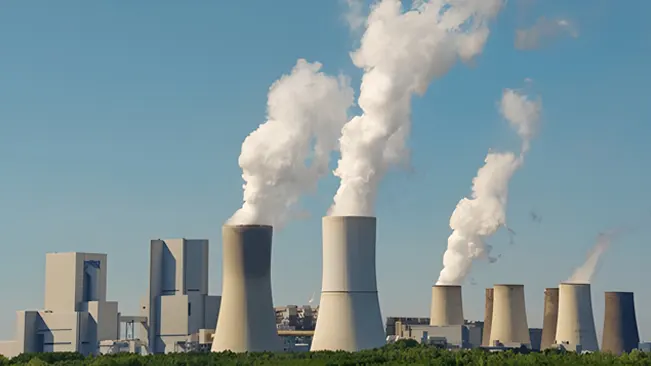
On a global scale, forest conservation helps stabilize the Earth’s climate by offsetting carbon emissions from human activities. Locally, forests influence weather patterns and temperature by providing shade, reducing heat absorption, and contributing to cloud formation through the release of water vapor. For instance, deforestation in tropical regions can lead to a decrease in regional rainfall and increase in temperatures, impacting agriculture and water resources. By maintaining forests, we help stabilize both local microclimates and the broader global climate system.
Water Cycle Maintenance
Forests play a crucial role in the water cycle by filtering rainwater and regulating its flow. Tree canopies intercept rainfall, which then filters through the soil, recharging groundwater and maintaining the quality of water in streams and rivers. Forests also help reduce the risk of floods by slowing down runoff and allowing water to gradually seep into the ground. This natural filtration process helps ensure the availability of clean, fresh water for various uses, including drinking, agriculture, and industry

The loss of forests can lead to increased runoff and erosion, which reduces the ability of soil to absorb and retain water. This can result in decreased water availability and quality, affecting both local communities and broader regions. For example, deforestation in the Amazon has been linked to reduced river flow and changes in local weather patterns. Protecting and restoring forested watersheds is essential for maintaining regional water supplies and ensuring the health of aquatic ecosystems.
Soil Conservation
Forests play a vital role in preventing soil erosion and degradation. The root systems of trees and plants stabilize the soil, reducing the risk of erosion caused by wind and water. Forest floors are often covered with leaf litter and organic matter that acts as a natural barrier against erosion, helping to maintain soil fertility. This is particularly important in areas prone to erosion, such as steep slopes and riverbanks.
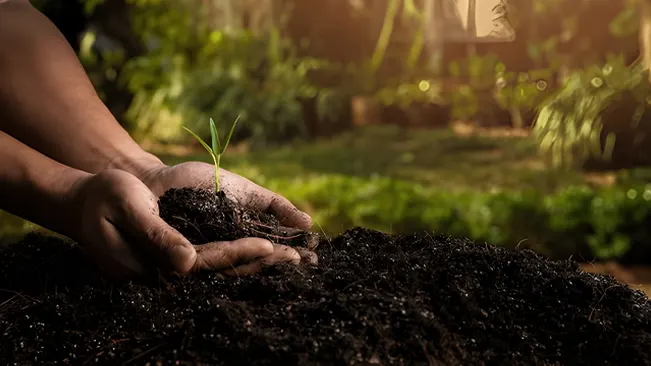
Healthy soil is essential for agriculture, as it provides the nutrients and structure needed for crops to grow. Soil erosion and degradation can lead to reduced agricultural productivity and increased susceptibility to landslides. By conserving forests, we protect the soil’s integrity, which supports sustainable farming practices and maintains land stability. This is crucial for food security and the resilience of agricultural systems, especially in regions where forests and farming are closely interconnected.
Strategies for Forest Conservation
Sustainable Forest Management
Sustainable Forest Management (SFM) refers to the careful management of forest resources to meet current needs without compromising the ability of future generations to meet their own needs. It involves balancing ecological, economic, and social objectives. Key principles of SFM include maintaining forest health, preserving biodiversity, ensuring productivity, and respecting the rights of local communities.
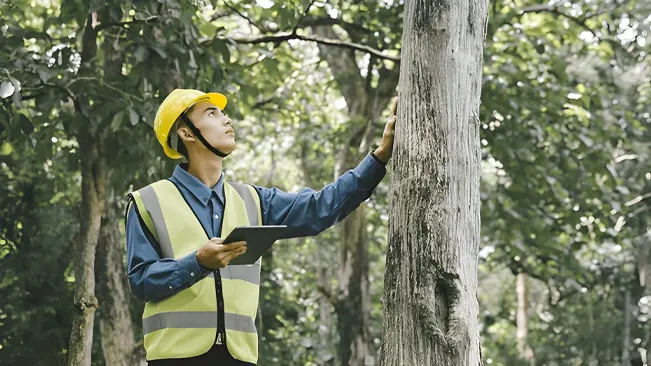
SFM practices include selective logging, which targets specific trees while leaving the forest ecosystem intact, and reduced-impact logging, which minimizes damage to surrounding trees and soil. It also involves planning and monitoring to ensure that forest resources are used responsibly and that the forest’s ecological functions are preserved. The benefits of SFM include enhanced biodiversity conservation, improved resilience to climate change, and sustained forest-based livelihoods for local communities.
Reforestation and Afforestation
Reforestation involves planting trees in a deforested or degraded area where a forest once existed, with the aim of restoring its ecological functions. Afforestation, on the other hand, is the process of creating new forested areas on lands that were not previously forested. Both practices are essential for increasing forest cover, enhancing biodiversity, and combating climate change.

Successful reforestation and afforestation projects often involve selecting native species that are adapted to local conditions and engaging local communities in planting and maintenance efforts. Techniques such as agroforestry, which integrates trees with agricultural crops, can also be used to enhance land productivity and forest cover. Examples include the Great Green Wall initiative in Africa and the reforestation efforts in the Amazon Rainforest, which aim to restore large areas of degraded land and support local ecosystems.
Protected Areas and Reserves
Protected areas and reserves are designated regions where human activities are regulated or restricted to conserve natural habitats and wildlife. They include national parks, wildlife sanctuaries, and nature reserves. The primary purpose of these areas is to preserve critical habitats, protect endangered species, and maintain ecological processes.
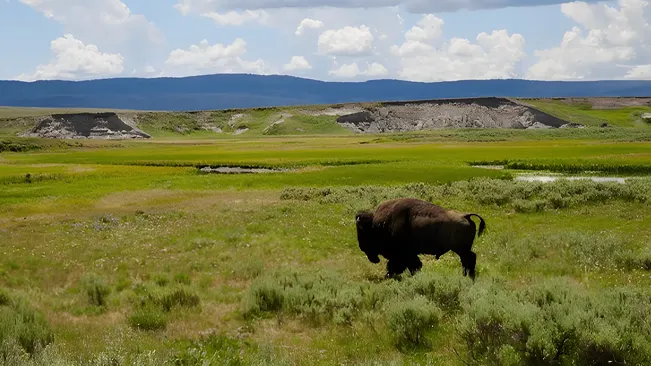
Notable examples of successful protected areas include Yellowstone National Park in the United States, which helped pioneer modern conservation practices, and the Galápagos Islands, where protection has led to the recovery of unique species and ecosystems. The establishment of these areas has shown that effective protection can lead to significant improvements in biodiversity conservation and ecological health.
Community Involvement and Indigenous Knowledge
Involving local communities in forest conservation is crucial for the success of conservation efforts. Local knowledge and practices, often rooted in generations of experience, can provide valuable insights into sustainable management and conservation strategies. Community involvement ensures that conservation measures are culturally appropriate and beneficial to those directly affected by forest management.
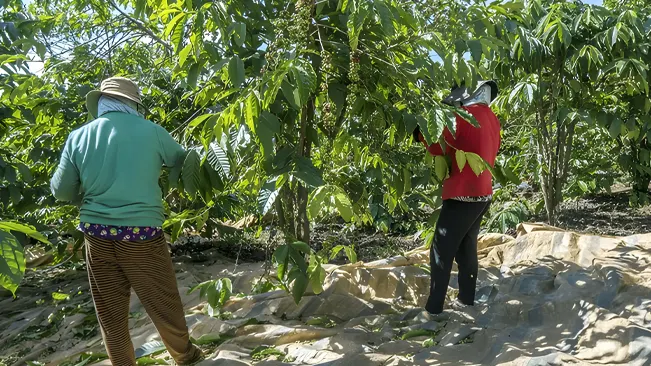
Examples of successful community-led initiatives include the community-managed forests in Nepal, where local groups have taken responsibility for forest protection and sustainable use, resulting in improved forest health and local livelihoods. In Canada, indigenous communities play a key role in managing and protecting vast forest areas, utilizing traditional knowledge alongside modern conservation practices.
Policy and Legislation
Effective forest conservation requires supportive policies and legislation at both national and international levels. Key policies include forest management laws, conservation easements, and land use planning regulations. International agreements such as the Convention on Biological Diversity (CBD) and the United Nations Framework Convention on Climate Change (UNFCCC) also play a role in shaping global forest conservation efforts.

Policies and legislation can drive large-scale conservation initiatives and ensure compliance with conservation goals. For example, the European Union’s Forest Strategy aims to promote sustainable forest management and enhance forest conservation across member states. Implementing and enforcing these policies effectively is essential for achieving long-term conservation outcomes and addressing challenges such as illegal logging and land conversion.
Challenges in Forest Conservation
Deforestation and Land Conversion
Deforestation, driven by agriculture, urban development, and logging, leads to the loss of forest cover, which harms wildlife habitats, disrupts ecosystems, and increases carbon emissions. It also causes soil degradation and lowers water quality.
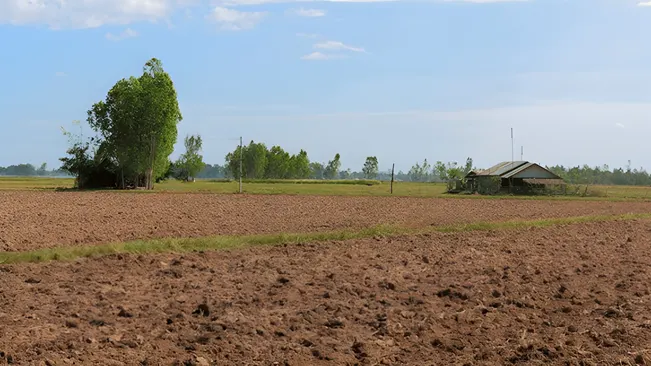
This destruction results in habitat fragmentation, species extinction, and challenges for forest-dependent communities that rely on forests for resources and stability.
Climate Change
Climate change impacts forests by altering temperature and precipitation, stressing tree species, and causing more frequent fires, pests, and diseases. Shifts in climate zones can change forest distribution and threaten species’ habitats.
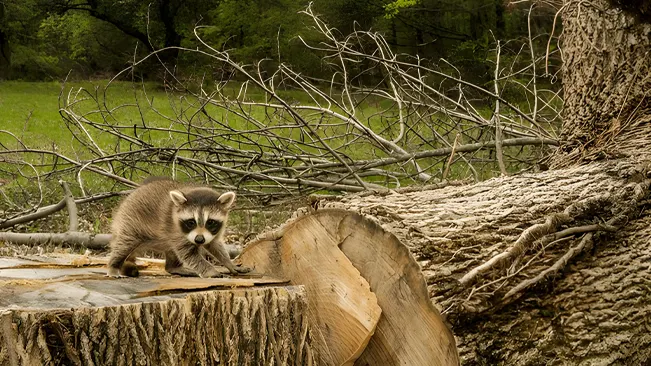
Adaptation strategies include planting resilient species and managing forests to handle stressors, while mitigation involves enhancing forests’ carbon storage through reforestation and sustainable practices.
Illegal Logging and Wildlife Trade
Illegal logging and wildlife trade significantly threaten forest ecosystems by causing habitat destruction and reducing biodiversity. These activities undermine conservation efforts and can lead to ecosystem collapse.
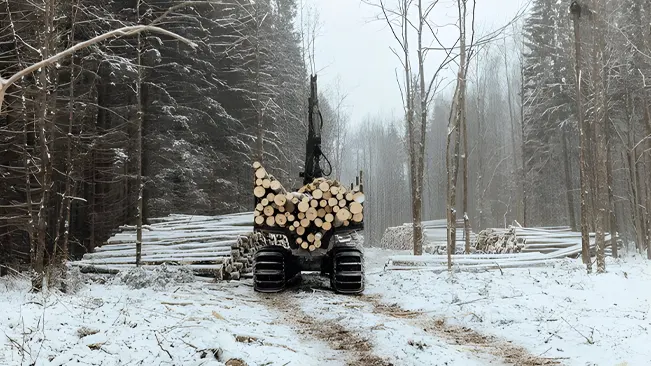
Effective measures include strengthening law enforcement, enforcing regulations, and international cooperation, with initiatives like FSC certification and CITES helping promote legal and sustainable practices. Community involvement is also crucial in monitoring and reporting these activities.
How Individuals Can Contribute
Supporting Conservation Organizations
Many organizations work tirelessly to protect and restore forests. For instance, the World Wildlife Fund (WWF) focuses on global conservation efforts, including forest preservation and combating illegal logging. The Rainforest Alliance works to certify sustainable forest management and promote responsible supply chains. Local groups, such as the Forest Stewardship Council (FSC), ensure sustainable forest practices through certification programs. These organizations undertake various activities, including reforestation projects, habitat protection, and policy advocacy.

Individuals can support these organizations by donating funds, volunteering their time, or participating in fundraising events. Many organizations also offer membership programs that provide updates on conservation efforts and ways to get involved. Additionally, spreading the word about these organizations and their missions can help increase their reach and impact.
Sustainable Practices at Home
Adopting sustainable practices at home can significantly contribute to forest conservation. Reducing paper use by opting for digital documents and avoiding unnecessary printing helps decrease the demand for paper products, which can drive deforestation. Recycling paper and other materials ensures that resources are reused, reducing the need for new raw materials. Supporting products with certifications like FSC or other eco-labels ensures that the products are sourced from sustainably managed forests and have minimal environmental impact.

Other sustainable practices include choosing products with minimal packaging, conserving energy, and supporting local or eco-friendly businesses. By making conscious choices about the products and services you use, you can help reduce the strain on forest resources and promote more sustainable practices.
Advocacy and Education
Advocacy and education are crucial for fostering a culture of conservation. Individuals can raise awareness by sharing information about forest conservation through social media, blogs, or community events. Organizing or participating in local workshops, talks, and events can help educate others about the importance of forests and the actions they can take to support conservation.

Joining or forming community groups focused on environmental issues can amplify efforts and create a larger impact. Schools and educational institutions can incorporate conservation topics into their curricula to engage younger generations. Additionally, writing to policymakers, participating in public consultations, or supporting conservation-friendly policies can drive systemic change and reinforce the importance of protecting forests.
Conclusion
In conclusion, the conservation of forests is essential for maintaining the health and stability of our planet. Forests provide critical ecosystem services, from supporting biodiversity to regulating climate and ensuring clean water supplies. By adopting effective conservation strategies such as sustainable forest management, reforestation, and protecting protected areas we can safeguard these vital ecosystems for future generations. Individuals also play a crucial role in this effort, whether by supporting conservation organizations, practicing sustainability at home, or advocating for environmental education. Collective action and informed choices are key to preserving our forests and ensuring their continued benefits for both the environment and communities worldwide.
FAQs
- What is forest conservation?
Forest conservation involves the sustainable management, protection, and restoration of forest ecosystems. Its goal is to prevent deforestation, mitigate degradation, and ensure that forests continue to provide essential ecological, economic, and social benefits. - Why is forest conservation important?
Forests are vital for supporting biodiversity, regulating climate, maintaining water cycles, and preventing soil erosion. They provide habitat for wildlife, help stabilize global temperatures by sequestering carbon, and support local communities with resources and livelihoods. - What are some major threats to forests?
Key threats include deforestation due to agriculture and urbanization, climate change affecting forest health and distribution, and illegal logging and wildlife trade. These activities lead to habitat loss, biodiversity decline, and increased carbon emissions. - How can individuals support forest conservation?
Individuals can support forest conservation by donating to or volunteering with conservation organizations, adopting sustainable practices at home (like reducing paper use and recycling), and raising awareness through advocacy and education efforts. - What are some examples of organizations working in forest conservation?
Notable organizations include the World Wildlife Fund (WWF), which works on global forest conservation projects, and the Rainforest Alliance, which focuses on sustainable forest management and certification. Local organizations such as the Forest Stewardship Council (FSC) also play a significant role. - How does climate change impact forests?
Climate change affects forests by altering temperature and precipitation patterns, leading to increased risks of forest fires, pest infestations, and diseases. It can also shift forest distributions, potentially causing habitat loss for many species. - What is the difference between reforestation and afforestation?
Reforestation is the process of planting trees in areas where forests previously existed, aiming to restore ecological functions. Afforestation involves planting trees in areas that were not previously forested to create new forested areas. - How does illegal logging affect forests?
Illegal logging leads to habitat destruction, biodiversity loss, and environmental degradation. It often involves unsustainable practices and undermines conservation efforts, contributing to ecosystem collapse and loss of forest resources. - What strategies are used to manage and protect forests sustainably?
Strategies include implementing sustainable forest management practices, establishing protected areas and reserves, engaging in reforestation and afforestation, and involving local communities and indigenous knowledge in forest management. - How can I get involved in forest conservation efforts?
You can get involved by supporting conservation organizations through donations or volunteering, practicing sustainable habits at home, advocating for forest protection, and educating others about the importance of forests and conservation.

Joel Cunningham
Forestry AuthorI'm Joel Cunningham, an expert in pruning and weed management with over a decade of experience. My skills are rooted in formal training and extensive practice, focusing on advanced pruning techniques and efficient weed control. I'm known for my quality work, precision, and deep understanding of plant health and soil dynamics. My contributions extend to educational initiatives where I share sustainable practices and advice, establishing myself as a reliable and authoritative figure in the gardening community.

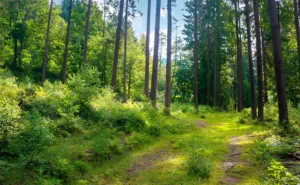
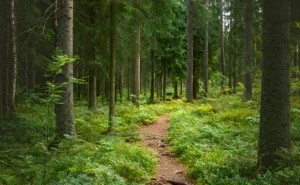
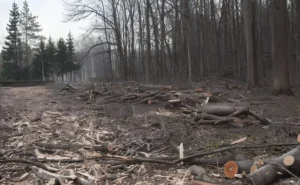
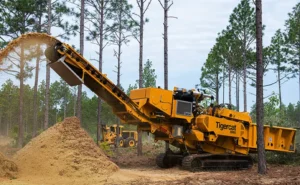





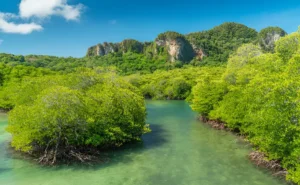

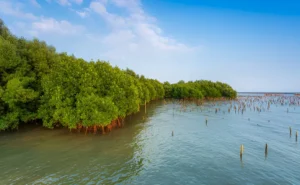
Leave your comment